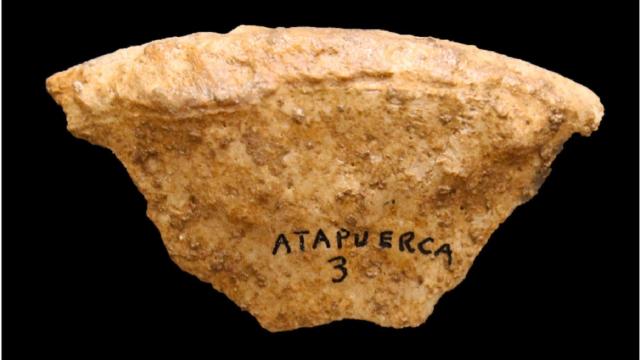Archaeologists studying ancient human remains in a Spanish cave system posit that one individual’s burial is the oldest Neolithic funerary site in Iberia by over 1,000 years.
Some of the remains in the cave are over 7,000 years old, putting them firmly in the Early Neolithic ballpark. The presence of Neolithic ceramics around the remains suggest to the authors that the remains were intentionally placed there, as other Neolithic burials use ceramic vessels as funerary offerings. The team’s research describing the finds were published this week in Quaternary Science Reviews.
The site is called Galería del Sílex and sits near the modern city of Burgos, in northern Spain. The cave system—Sierra de Atapuerca—was used by ancient humans until the end of the Bronze Age, when its entrance was sealed, essentially turning the system into a time capsule.
Caves in Iberia appear to have served manifold purposes for Neolithic humans living there; in the Sierra de Atapuerca system alone, El Portalón was used for occupation and Cueva del Mirador was used for holding sheep.
Sierra de Atapuerca was rediscovered in 1972 and the remains found in 1979, but now archaeologists have more precisely dated some of the early Neolithic remains from Galería del Sílex, the burial place within the system.
Galería del Sílex was occupied by Neolithic humans, and a separate part of the cave was evidently used for depositing the deceased. The cave contains 53 panels of engravings and paintings as well as ancient hearths and thousands of human and animal remains.
Some remains found in Galería del Sílex are younger than the Neolithic remains. Two individuals found in the cave’s “Sima A” section were originally thought to be unfortunate Bronze Age cave explorers who fell into a 50-foot (15-metre) recess in the cave. But the newer dating posits that Neolithic ceramics on the site suggest that some of the remains were intentionally placed.
Radiocarbon dating of the remains found that one of the individuals, a girl of around 13-14 years old, dates to the 6th millennium BCE. The remains are some of the oldest found in the Iberian interior and “the oldest Neolithic funerary site by over 1,000 years,” according to a Phys release.
The teenaged remains’ “origin is better explained by an intentional act, possibly of funerary origin, related to the presence of ceramic pieces,” the researchers wrote.
But the other individual in the cave recess does date from the Bronze Age—approximately 4,000 years ago. Without any Bronze Age artifacts to signify the remains were put there intentionally, the team suggests the original explanation is likely: the remains belong to an explorer of the era who met an unfortunate and accidental end in Galería del Sílex.
